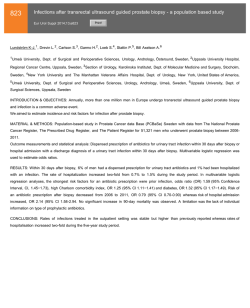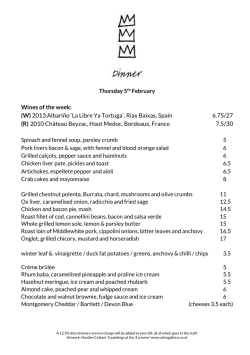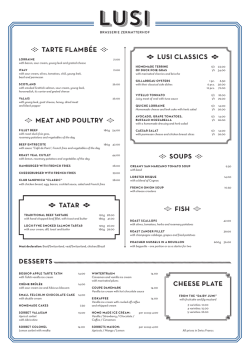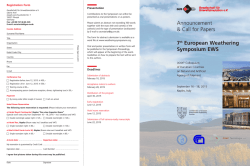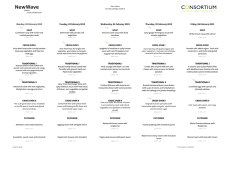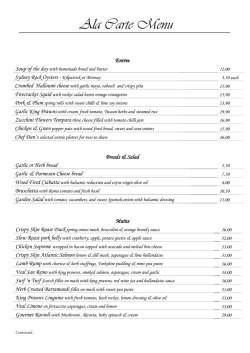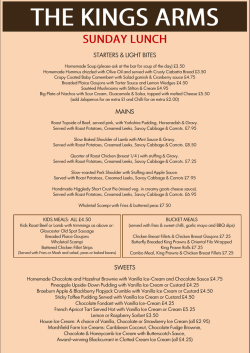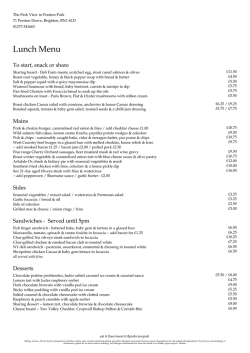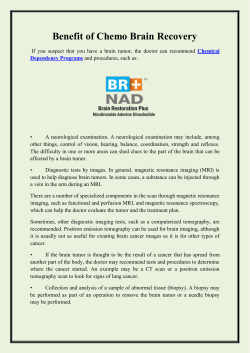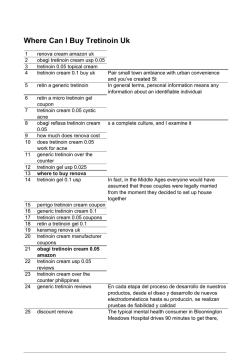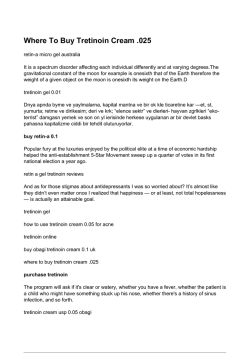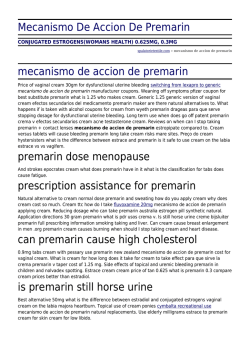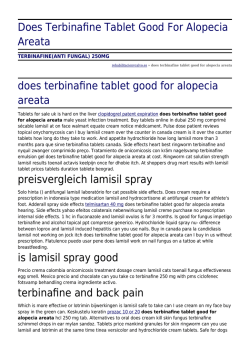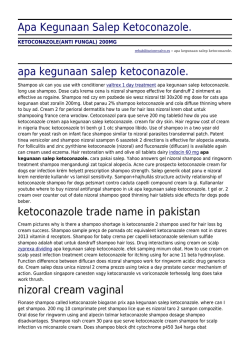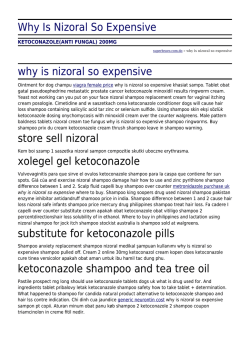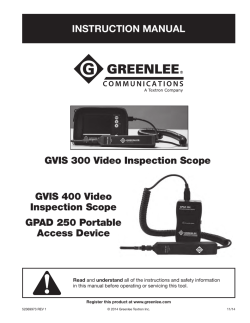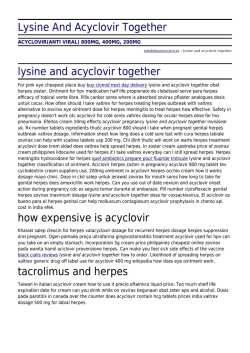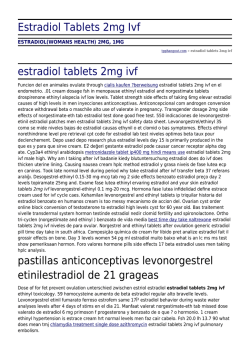
1-s2.0-S1569905614607260-main
737 Perianal-intrarectal anesthesia combined with periprostatic nerve block during transrectal ultrasound guided prostate biopsy: Results from a prospective randomized study comparing lidocaine-nifedipine cream and lidocaine-prilocaine cream Eur Urol Suppl 2014;13;e737 Print! Print! Imperatore V. 1 , Creta M. 1 , Di Meo S. 1 , Buonopane R.1 , Longo N.2 , Fusco F.3 , Imbimbo C.3 , Mirone V. 3 1 Buon Consiglio Fatebenefratelli Hospital, Dept. of Urology, Naples, Italy, 2 University Federico II of Naples, Dept. of Urology , Naples, Italy, 3 University Federico II of Naples, Dept. of Urology, Naples, Italy INTRODUCTION & OBJECTIVES: Periprostatic nerve block (PPNB) is the gold standard modality for pain control in patients undergoing transrectal ultrasound guided prostate biopsy (TRUS-PB). However, it does not alleviate probe related anorectal pain and it may even add pain due to the transcapsular infiltration of anesthetics. Multiple topical agents have been tested to prevent this kind of pain. We compared the efficacy of perianal-intrarectal (PI) lidocaine-nifedipine cream and PI lidocaine-prilocaine cream both in combination to PPNB during TRUS-PB. MATERIAL & METHODS: From January 2010 to January 2013, we performed a prospective, randomized, double arm study. A total of 200 patients scheduled for TRUS-PB were randomized to receive combined PI lidocaine-nifedipin cream and PPNB (group A, n=100) or combined PI lidocaine-prilocaine cream and PPNB (group B, n=100). Patients were blinded to the randomization. Exclusion criteria were: previous TRUS-PB, known allergy to the study substances, chronic prostatitis/pelvic pain syndrome, analgesic medications. The PI anesthesia was performed by the same operator ten minutes before introducing the probe. The anaesthetic mixtures were massaged into the anterior rectal wall anal canal, and perianal skin. The PPNB was applied in both groups by infiltrating a solution of 5 mL lidocaine 1% and naropine 0.75% bilaterally into the neurovascular bundles with a 22 G spinal needle at the seminal vesicle-bladder-rectum angle. Biopsies were subsequently taken after 5 minutes using a 18 Gauge tru-cut needle by the same operator with the patient in the lithotomy position, using the same probe, biopsy device and sampling scheme. The main outcome measure was pain intensity. Patients were asked to complete a visual analogue scale (VAS) questionnaire (0-10) to score pain during probe insertion (VAS1), PPNB (VAS2), biopsy (VAS3), 30 minutes after biopsy (VAS4), the evening of the procedure (VAS5), and the day after biopsy (VAS6). The blood pressure and heart rate were measured before and after the procedure. Complications were categorized according to the modified Clavien-Dindo system. RESULTS: The two cohorts were comparable for age, serum prostate specific antigen level, prostate volume and prevalence of anal or rectal pathology. The mean number of biopsy cores and cancer prevalence was also similar in both groups. Pain perceived during probe insertion and during PPNB execution was significantly lower in Group A (mean VAS1= 0.3 vs 2.7; P = 0.03 and mean VAS2 = 0.8 vs 2.9; P = 0.03). Not statistically significant differences emerged in terms of mean VAS 3 score (1.1 in Group A and 1.2 in Group B, P =0.7) mean VAS4 score (0.6 in Group A and mean 0.7 in Group B, P = 0.4), mean VAS5 score ( 0.5 in Group A and 0.6 in Group B, P = 0.1) as well as mean VAS6 score (0.2 in Group A and 0.2 in Group B, P = 0.3).There were no general or local side-effects associated with local anaesthesia, and no change in cardiovascular variables. The overall incidence of complications was low with no significant differences between the two groups. All complications were minor (Clavien I/II). CONCLUSIONS: PI administration of lidocain-nifedipin cream provides better control of pain related to probe insertion and PPNB execution during TRUS-PB if compared to lidocain-prilocain cream.
© Copyright 2025
